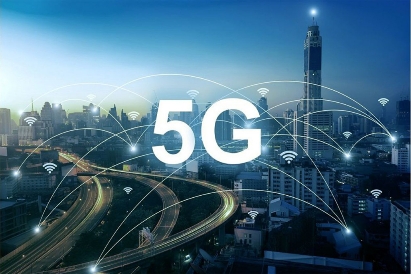
5G technology is revolutionizing real-time data sharing across various industries by providing faster speeds, lower latency, and greater capacity. Here’s an overview of how 5G enhances real-time data sharing and its applications:
Faster Speeds: 5G networks can deliver data at several gigabits per second, significantly outperforming 4G networks. This speed enables the transmission of large data sets in real time.








Low Latency: 5G reduces latency to as low as 1 millisecond, allowing for almost instantaneous communication between devices, crucial for applications requiring immediate feedback or interaction.
Increased Device Density: 5G can support up to a million devices per square kilometer, facilitating the growth of IoT (Internet of Things) solutions where numerous devices need to communicate simultaneously.
Enhanced Reliability: With improvements in connection stability, 5G is well-suited for critical applications like remote surgery and autonomous vehicles that require consistent connectivity.
Smart Cities: 5G facilitates efficient data sharing between sensors, traffic lights, and surveillance systems, optimizing traffic management and public safety in urban environments.
Healthcare: Medical professionals can share high-resolution imaging and patient data in real-time, allowing for better remote diagnosis, telemedicine, and surgical procedures.
Autonomous Vehicles: Real-time data sharing between vehicles and infrastructure is crucial for navigation, obstacle detection, and traffic management. 5G helps ensure timely communication for safety and efficiency.
Manufacturing and Industry 4.0: In smart factories, 5G enables the seamless exchange of data between machines, sensors, and operators, leading to improved automation, predictive maintenance, and supply chain efficiency.
Gaming and Entertainment: Enhanced real-time data transmission allows for cloud gaming and immersive AR/VR experiences, reducing latency and improving user interactions.
Agriculture: Smart farming solutions leverage 5G for real-time data collection from drones and sensors, helping farmers make timely decisions on irrigation, fertilization, and pest control.
Remote Work and Collaboration: Enhanced video conferencing tools, virtual reality meetings, and collaborative software solutions benefit from 5G’s low latency and high-speed connections.
Infrastructure Investment: Deploying 5G requires significant investment in new infrastructure, including antennas and fiber optics.
Security Issues: Increased connectivity raises concerns about cybersecurity, necessitating robust security measures to protect sensitive data.
Regulatory Environment: Compliance with regulations regarding data privacy and telecommunications can influence how 5G is implemented and used.
5G technology is set to transform real-time data sharing by enabling faster, more reliable, and more efficient communication across various sectors. Its potential to support innovative applications can lead to improved productivity, enhanced user experiences, and new business models. As the infrastructure and devices supporting 5G continue to evolve, we’ll likely see even broader adoption and creative use cases emerge.


Leave a Reply